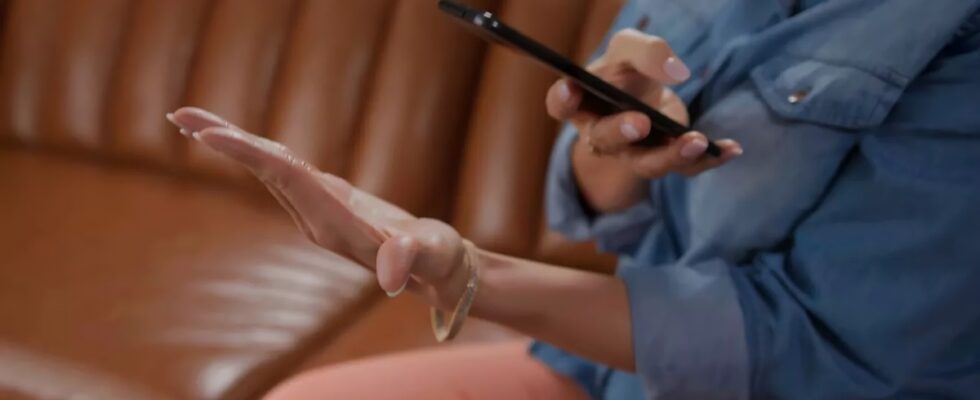Although they are not yet available in France, palm recognition systems are becoming more popular across the Atlantic. Amazon One, which appeared a few years ago, is already present in all of the e-commerce giant’s physical stores, as well as in Whole Foods supermarkets. The service has also been made available to other types of establishments, including gyms, airports and stadiums. In short, Amazon wants to replace your credit card, and it is giving itself the means to do so.
This is why the company has just announced the release of a mobile application allowing you to scan the palm of your hand from home. This will then allow you to pay via Amazon One terminals, use a loyalty card or identify yourself. In a promotional video, the service uses the main photo sensor of a smartphone to analyze the hand and its vein structure in order to create one “unique digital and vector representation“.
The firm explains that Amazon One uses generative AI (we are in 2024) to match photos taken with the user’s smartphone and infrared images captured by compatible terminals. The accuracy would be 99.999%, provided “no clothing, bandages or other accessories obscuring the surface of your palm“, as specified in the service’s FAQ.
Amazon One scans the palm of your hand using your smartphone’s main camera sensor. © Amazon
An effective system, but which raises questions
For now, Amazon’s palm recognition system is only available in the United States, as is its accompanying app. It is difficult to say when the company will try to deploy it internationally, but we can already guess that the question of the use of personal data will be a considerable obstacle to its export, particularly in Europe.
To reassure users, the American giant ensures that Amazon One data is exclusively stored on AWS servers, in a completely secure and encrypted manner. At the same time, palm data is not supposed to be saved on the user’s smartphone after analysis. It remains to be seen whether this will convince our regulators.
To date, Amazon One has been used 8 million times, both in the company’s stores and third-party stores. 80% of users would be convinced and would use it regularly. It therefore seems that the concept works well, enough for Amazon to want to shake things up and make it easier to register for its service.
